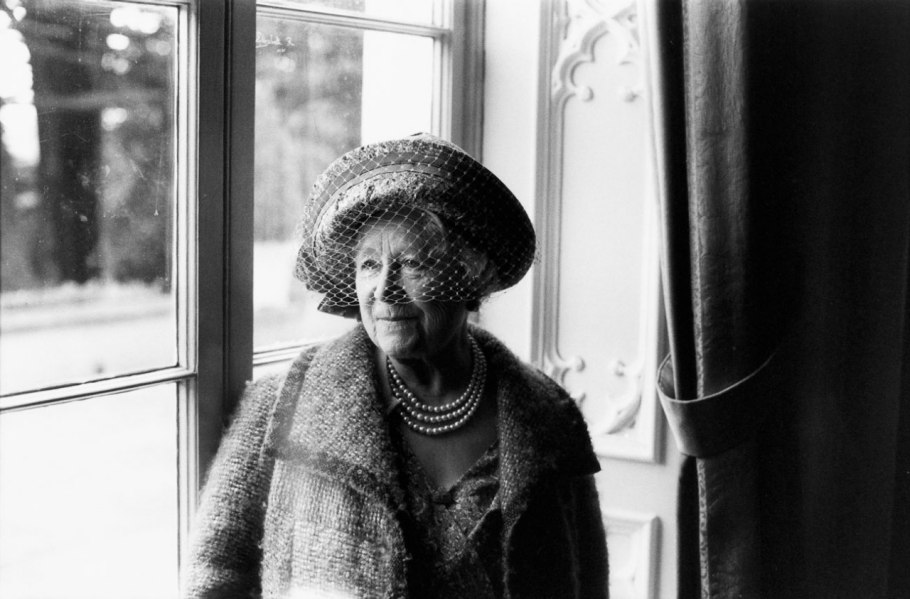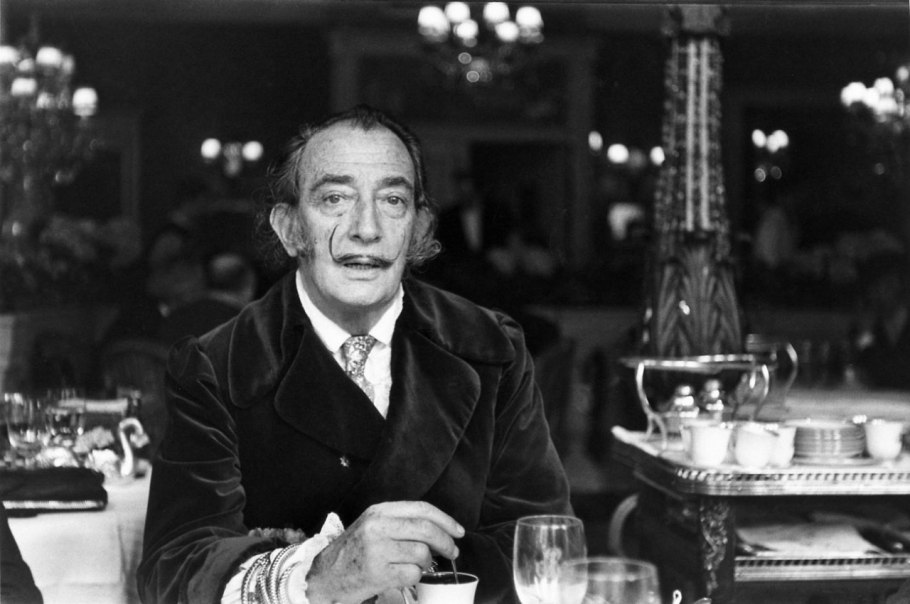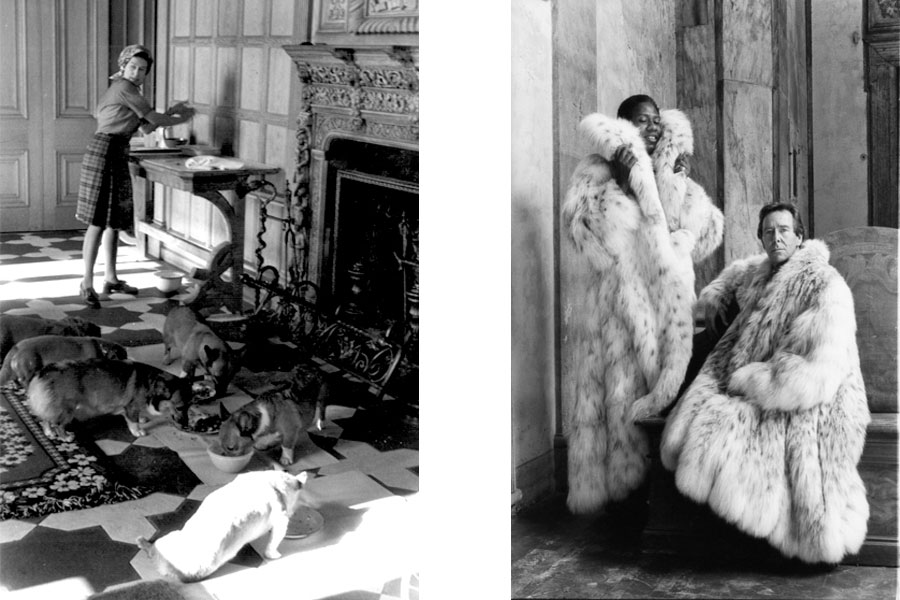Milton Gendel has access. He has always had access. Early in his career he was hanging out in Greenwich Village with Bréton and editing the highly influential VVV! Magazine. Gendle's home in the village was full of a rotating cast of the who's who in the surrealist art scene. Then later he used his connections with the roman aristocracy to dine with royalty and document an area of society that is rarely seen. The title “A Surreal Life” refers to the life of Gendel rather than the surrealism of his work. He began as a friend to the surrealists and a society photographer. Snapping shots of high society doing their aristocratic thing – drinking, wearing lampshades, playing bridge, all the while using his Greenwich Village home as the meeting place and salon. With the outbreak of WWII Gendel enlisted. His experiences overseas, notably in China, caused him to question the surrealist escapism that had defined his early 20s.
Gendle always took pictures, and as he spent time in China he documented everyday life from the point of view of an outsider. Gendel would continue to be interested in China, and retain his outsider's perspective in all the work he did. In New York he had experimented in painting surrealist ideas and free drawing but China introduced him to photography, and that stuck with him until the end of his life. Receiving a Fulbright in recognition of his work in China he was excited to head back east and continue, but the recent revolution had left the PRC isolationist and hostile to the west. So, as a second choice, Gendel headed for Sicily. His work in Sicily began in a similar vein as his Chinese work: street photography, slices of life. A crat at heart, Gendel had to dress up in disguise to allow himself glimpses of 'real life' in Sicily. He donned a cap and frayed jacket, assuming he blended in, although the camera would be a giveaway. Almost as soon as he stepped foot in Italy he befriended the American ambassador and the architect Bruno Zevi – who would be his entrance into the Italian art world.
Art News hired Gendel as a reporter in Italy and Gendel used his new home in Rome the same way he had used his New York home: as a meeting place for the most important people in the Italian art world. WWII had disillusioned Gendel to the restrictive, escapist, sensibilities of the surrealists, but he retained their influence, and the Italian artists, emerging from a fascist regime, found his surrealist tendencies refreshing. He became so ingrained in the Italian art world, as a reporter on new American Abstract Art for magazines like Spazio, that he became the defacto ambassador to the United States art world, a position cemented with his creation of the Italian-American art alliance.
Gendel's work is probably best summed up in his iconic pictures of Queen Elizabeth the I&II, dressed in a babushka with her arms deep in hamburger meat, feeding her corgis. The picture shows the young queen in an intimate, domestic light, something that would never be repeated again. Gendel broke an important barrier between worlds, uniting the aristocracy, the artists and the public for the first time in his photography. His real work, however, was networking; getting in contact and putting others in contact, he cultivated artists, galleries, collectors, princesses and friends; all of whom would serve him, and the public, well. “The Gendel Collection” was donated to the Fondazione Primoli, 20,000 photographs, now all available digitally. There exists no better record of the Italian and American art scene and it's patrons.
By John Hutt




